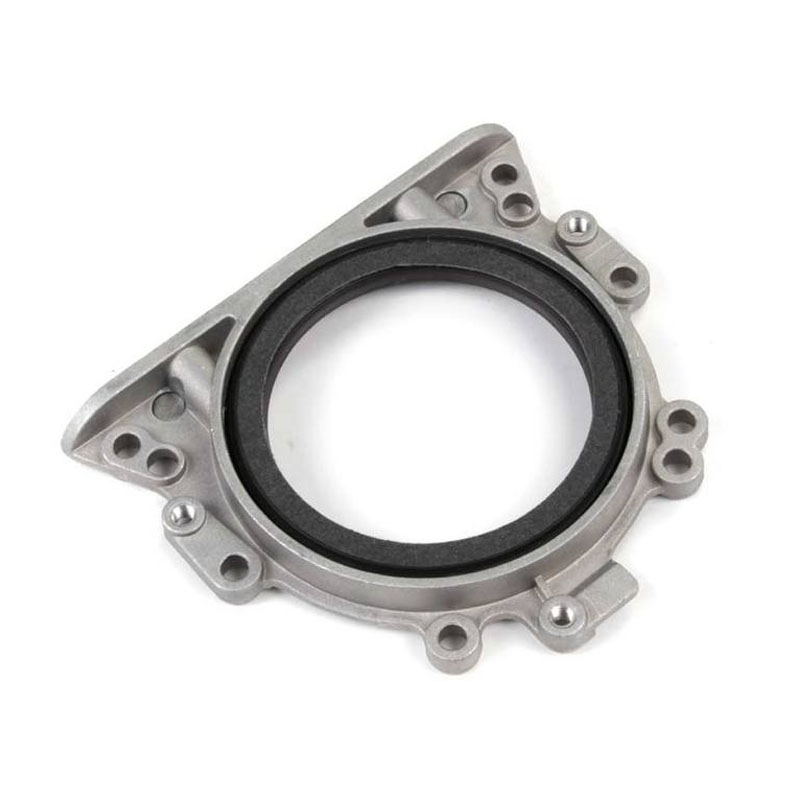marine shaft bearings
Marine Shaft Bearings Essential Components for Marine Propulsion Systems
Marine shaft bearings are critical components in the propulsion systems of various maritime vessels, from small yachts to large cargo ships. These bearings support the shaft that connects the engine to the propeller, allowing for smooth rotation and efficient power transmission. Understanding the importance, types, and maintenance of marine shaft bearings is crucial for ensuring the reliability and efficiency of marine operations.
Importance of Marine Shaft Bearings
The primary function of marine shaft bearings is to reduce friction between the shaft and the hull of the vessel. By providing a surface for the shaft to rotate smoothly, these bearings minimize wear and tear, thus prolonging the life of both the shaft and the connected machinery. This is particularly important in marine environments, where corrosion and fouling can significantly impact performance. A well-functioning shaft bearing system contributes to the overall efficiency of the propulsion system, which is vital for fuel economy and operational costs in an industry where margins can be thin.
Types of Marine Shaft Bearings
There are several types of marine shaft bearings, each suited for different operational needs and vessel types
2. Rolling Element Bearings These bearings, which include ball and roller types, are designed to support higher loads and provide greater efficiency. Although more common in other applications, they can be used in some marine environments.
marine shaft bearings

3. Tilted Pad Bearings Used in high-performance applications, these bearings allow for adjustments according to operating conditions, providing enhanced load distribution and reduced friction.
4. Water-lubricated Bearings An eco-friendly option, water-lubricated bearings utilize seawater for lubrication, minimizing the risk of oil spills and environmental contamination.
5. Oil-lubricated Bearings These are more common in larger vessels, where oil is used to create a thin film that separates the shaft from the bearing surface, reducing friction and preventing wear.
Maintenance Considerations
Proactive maintenance of marine shaft bearings is essential to ensure the longevity and performance of the propulsion system. Regular inspections should focus on signs of wear, corrosion, and alignment issues. Monitoring the lubrication system is also critical; for oil-lubricated bearings, ensuring proper oil levels and cleanliness is vital for preventing damage.
Vessels that operate in harsh marine environments may require more frequent maintenance checks. During dry-docking or routine servicing, technicians should examine the bearings for signs of overheating, misalignment, or material degradation. Implementing a predictive maintenance program utilizing vibration analysis and wear particle analysis can help identify potential issues before they lead to failure.
Conclusion
Marine shaft bearings are indispensable components of maritime propulsion systems, playing a key role in efficiency and reliability. By understanding the different types of bearings available and committing to regular maintenance, vessel operators can ensure optimal performance and extend the operational life of their equipment. As the maritime industry continues to evolve, advancements in bearing technology will likely enhance the efficiency and sustainability of marine propulsion systems, ultimately benefiting operators and the environment alike. Whether through innovative materials or improved lubrication systems, the future of marine shaft bearings holds great promise for enhanced maritime operations.
-
The Ultimate Guide to Car Repair Kits: Tools and Essentials Every Driver Should Own
News Aug.01,2025
-
The Complete Guide to Oil Pan Gaskets: Sealing Engine Leaks the Right Way
News Aug.01,2025
-
Preventing Oil Leaks: A Complete Guide to Oil Pan Gaskets and Drain Seals
News Aug.01,2025
-
Everything You Need to Know About Oil Pan Gaskets and Drain Plug Seals
News Aug.01,2025
-
Essential for Car Owners: How to Use a Car Repair Kit to Deal with Minor Breakdown
News Aug.01,2025
-
Comprehensive Guide to Engine Oil Sump Gaskets and Related Seals
News Aug.01,2025
-
The Ultimate Guide to Boat Propeller Bearings and Trailer Wheel Bearings
News Jul.31,2025
Products categories















